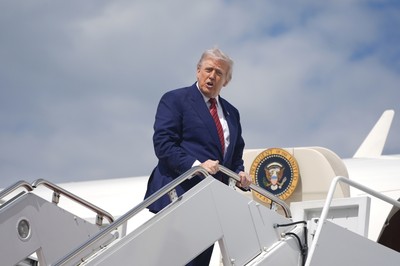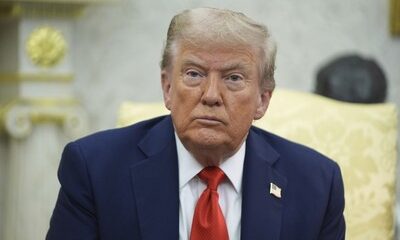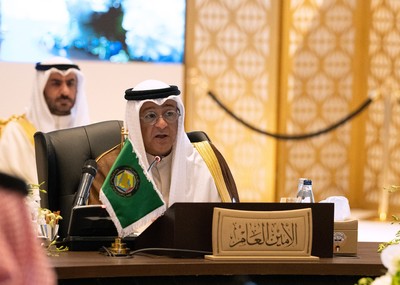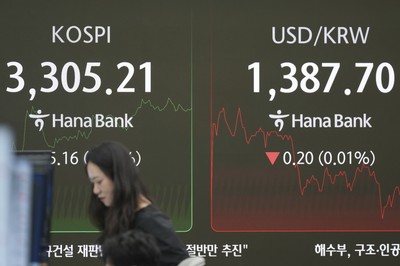KUWAIT CITY, Sept 10: Secretary General of the six-member Gulf Cooperation Council (GCC) Jassim Al-Budaiwi on Wednesday said the member states are exerting significant efforts to safeguard public funds in all forms.
Al-Budaiwi made the remarks while addressing the 22nd meeting of GCC chief auditors and accountants, hosted by Kuwait. He highlighted the comprehensive role of auditing and oversight bodies across member states and said the meeting reflects the GCC leaders’ commitment to advancing inter-state cooperation in audit and financial management.
He expressed deep appreciation to His Highness the Amir Sheikh Meshal Al-Ahmad Al-Jaber Al-Sabah, chairman of the current GCC Supreme Council session, for the Kuwaiti government’s dedicated efforts in ensuring the success of the GCC meetings.
Al-Budaiwi also congratulated Saudi Arabia on its 95th National Day and the United Arab Emirates on the Emirates Audit Authority’s election to the INTOSAI Executive Council, the governing body of the International Organization of Supreme Audit Institutions.
The Secretary General noted that the GCC Secretariat prepared the meeting agenda based on the outcomes of the 26th undersecretaries’ meeting held on July 30, covering key topics in oversight and auditing.
Among the topics discussed were the strategic training plan for 2023-2025, including initiatives to enhance the capacity of auditing institutions, and the draft strategic training plan for 2026-2028, designed to anticipate future needs and strengthen professional efficiency in supervisory bodies.
The meeting also reviewed the results of the sixth GCC competition in auditing and accounting research and studies, and considered a UAE proposal on governance mechanisms for auditing the accounts of the GCC Secretariat General.
Further discussions included the draft regulations for the Career Excellence Award, aimed at motivating staff and raising institutional performance within GCC audit bodies, as well as the proposal to designate a Gulf week for financial auditing and accounting.
Al-Budaiwi stressed that these coordinated efforts reflect the oversight bodies’ awareness of the responsibilities entrusted to them by the leaders of the GCC states. He said the meeting underscores the commitment of member states to meet public expectations and enhances the bureaus’ prestige at both regional and international levels.
He concluded by thanking all participants for their efforts in strengthening cooperation, coordination, and integration in financial oversight and accounting across the GCC.

 Latest News22 hours ago
Latest News22 hours ago
 Latest News20 hours ago
Latest News20 hours ago
 Latest News19 hours ago
Latest News19 hours ago
 Latest News23 hours ago
Latest News23 hours ago
 Latest News13 hours ago
Latest News13 hours ago
 Politics23 hours ago
Politics23 hours ago
 Latest News15 hours ago
Latest News15 hours ago
 Latest News16 hours ago
Latest News16 hours ago


























